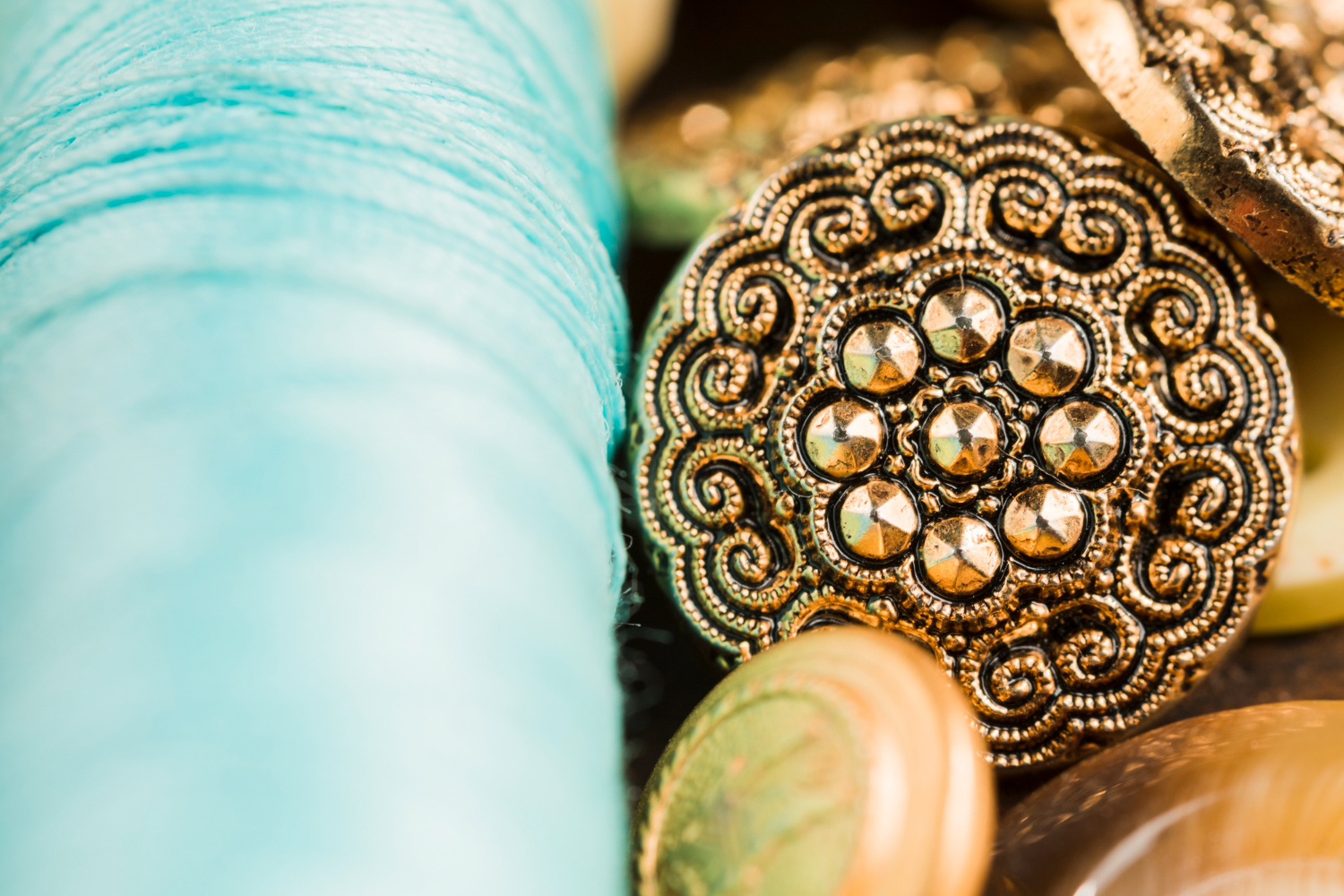For millennia, gold has represented riches, beauty, and social position. Whether you’re investing in a timeless heirloom, a fashion statement, or a meaningful gift, buying authentic jewelries gold requires careful consideration. With the market flooded with various styles, karats, and certifications, it’s crucial to understand how to make the right purchase.
This guide walks you through everything you need to know—from understanding gold purity to spotting fakes—so you can confidently buy authentic gold jewelries.
Understanding Gold Purity and Karats
When it comes to gold, purity matters. Gold purity is measured in karats (K), with 24K indicating pure gold. However, pure gold is soft and not ideal for daily wear, so it’s often alloyed with other metals for strength.
- 24K Gold: 99.9% pure, yet extremely soft and prone to scratching.
- 22K Gold: 91.6% pure, commonly used in high-quality jewelry.
- 18K Gold: 75% gold combined with 25% alloy provides a blend of purity and durability.
- 14K and 10K Gold: More durable but less valuable, suitable for everyday wear.
Always check the hallmark or stamp on your jewelry that indicates its karat value.
Types of Gold: Yellow, White, and Rose
Not all gold looks the same. Depending on the metal alloys used, gold jewelry can appear in various colors:
- Yellow Gold: The most classic and natural colour, frequently combined with silver and copper.
- White Gold: Mixed with palladium or nickel and often coated with rhodium for a shiny finish.
- Rose Gold: Has a pinkish hue due to the high copper content, popular for vintage and romantic styles.
Select a colour that complements your skin tone and clothing. Authenticity remains consistent across all shades, but personal style matters.
How to Identify Authentic Gold Jewelry?
With counterfeit goods on the increase, recognising real gold from imitation is critical. Here are some methods to verify authenticity:
- Check the Hallmark: Look for markings such as 10K, 14K, 18K, or 22K stamped on the piece.
- Ask for a Certificate of Authenticity: Reputable jewelers will provide documentation.
- Magnet Test: Gold is not magnetic, so it should not stick to a magnet.
- Acid Test: Professionals may use nitric acid to verify gold content.
- Weigh It: Gold is denser than most metals, so genuine pieces feel heavier.
Buying from a certified or well-reviewed jeweler significantly reduces the risk of being misled.
Choosing the Right Gold Jewelry for Your Needs
Gold jewelry isn’t just an investment—it’s also a reflection of personality and purpose. Before buying, consider the following:
- Daily Wear vs. Occasional Use: Choose a lower karat (10K or 14K) for everyday durability.
- Cultural Significance: In many cultures, gold plays a vital role in ceremonies and traditions.
- Style Preferences: From minimalist chains to elaborate bangles, find something that suits your taste.
- Occasion-Based Buying: Some jewelry gold is specifically crafted for weddings, anniversaries, or festive gifting.
Knowing the intent behind your purchase helps you narrow down choices effectively.
Where to Buy Authentic Gold Jewelry?
Buying gold isn’t just about the product—it’s about trust. Here’s where you can safely buy:
- Licensed Jewelry Stores: Prefer established retailers with transparent return policies and certifications.
- Online Platforms: If buying online, opt for platforms with detailed product descriptions, clear images, and verified customer reviews.
- Auctions and Estate Sales: Great for unique finds, but always have the item appraised before purchase.
- Gold Dealers: Specialize in investment-grade jewelry and bullion. Ensure they are government-approved or industry-certified.
Avoid backdoor or unverified sellers, as these can pose serious risks regarding authenticity and legality.
Understanding Pricing and Making Smart Investments
Gold prices fluctuate based on global market trends. Before buying, do the following:
- Check Live Gold Rates: Visit reliable financial websites or apps.
- Compare Prices: Evaluate costs from multiple sources to find fair pricing.
- Know the Making Charges: This includes design, labor, and craftsmanship—often expressed as a percentage of the gold value.
- Tax and GST: Factor in local taxes applicable to your region or country.
Authentic gold jewelry retains value over time, making it both a fashion and financial investment.
Spotting Fake or Low-Quality Gold
Here are some red flags to watch for:
- No Hallmark or Certification: Indicates a lack of standard testing.
- Discoloration: Especially around edges or clasps—real gold doesn’t tarnish.
- Extremely Cheap Prices: If it sounds too good to be true, it probably is.
- Poor Craftsmanship: Authentic pieces typically have precise, clean finishing.
Don’t hesitate to ask questions or request testing before making a purchase.
Caring for Your Gold Jewelry
To preserve your gold’s shine and value:
- Store Separately: Keep gold pieces in soft cloth bags to avoid scratches.
- Clean Gently: Use lukewarm water, mild soap, and a soft brush.
- Avoid Chemicals: Remove jewelry before swimming or using household cleaners.
- Get Professional Cleaning: Especially for intricate or antique pieces.
Routine maintenance ensures your gold remains lustrous for years to come.
Conclusion:-
Buying authentic gold jewelries is not just about aesthetics—it’s about trust, knowledge, and smart decision-making. Whether you’re looking for a personal keepsake, a meaningful gift, or jewellery for wedding, understanding the fundamentals helps ensure your purchase is both beautiful and valuable.
Remember, investing in real gold jewelries gold is a celebration of timeless elegance and enduring value. Shop wisely, verify authenticity, and treasure your gold for generations.
